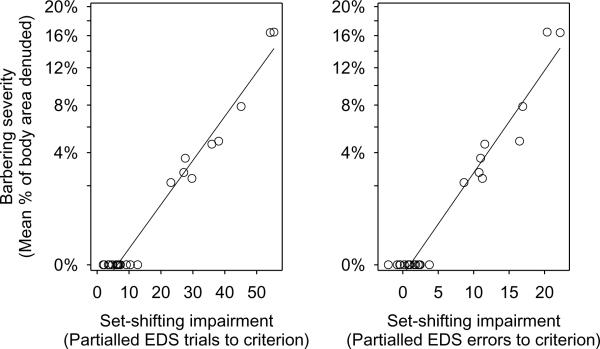Fig. 3. Set-shifting deficits predict barbering severity.
The severity of barbering behavior, measured as the mean percentage of body area denuded from cage mates correlates with the severity of set-shifting deficit measured by the number of trials, or the number of errors, taken to complete the ExtraDimensional Shift (EDS) stage of the IDED task. With the exception of Compound Discrimination Reversal (CDR), which was negatively correlated, no other stage of the IDED task was correlated with barbering severity. EDS score is partialled for the other variables in the regression model. Barbering severity is angular transformed in both analyses.

